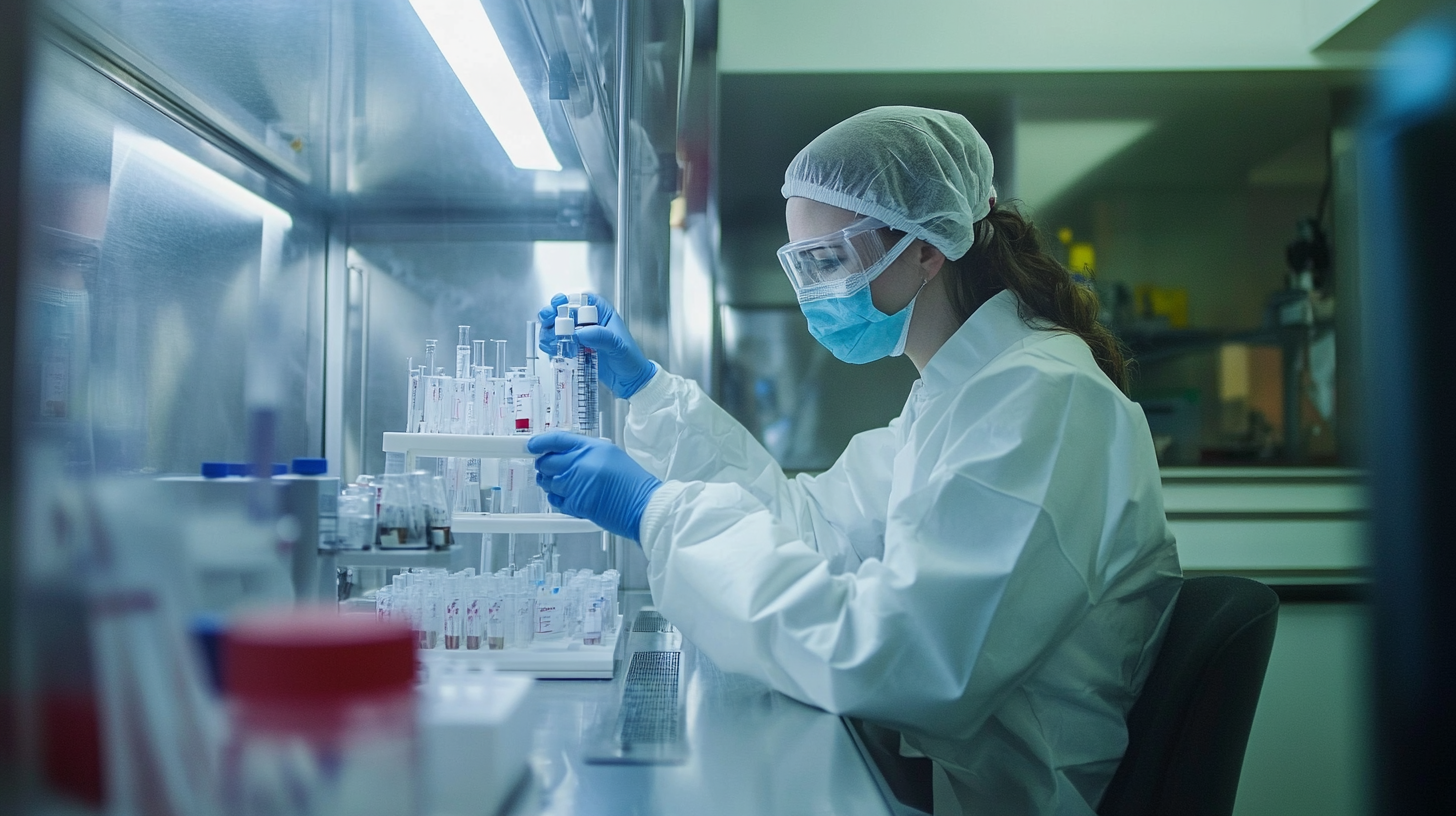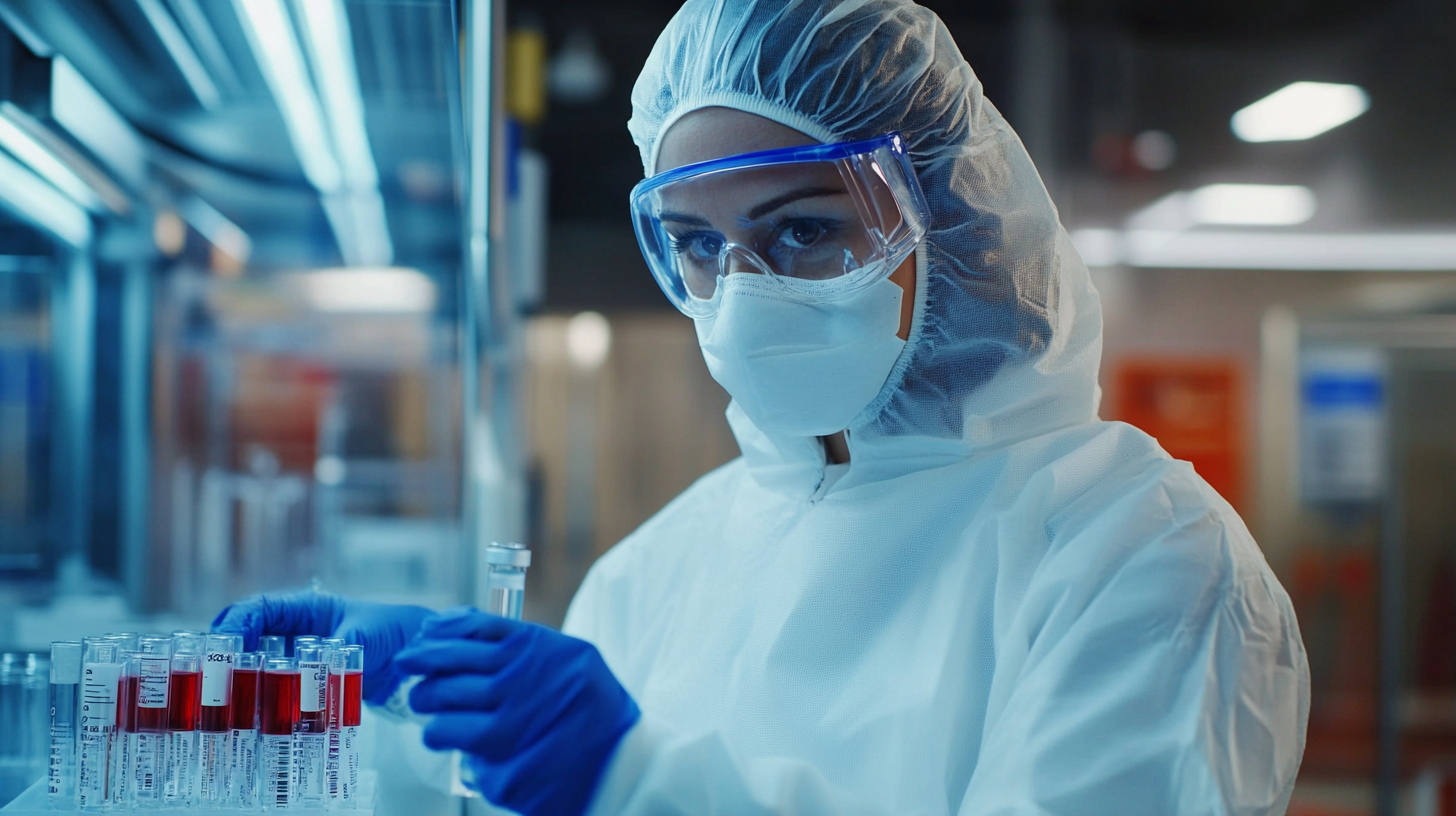The past few years have seen out-of-sight advances in the field of vaccine manufacturing charged with promise for revolutionizing health strategies at the global level. The immediate need forced by health emergencies such as the COVID-19 pandemic spurred the evolution of the production method, quality control protocols, and distribution channels. The innovations seek to enhance the efficiency and scalability of establishing vaccines, but they also try to address accessibility for large sections of the population across the globe. With the rapid evolution of technology, possibilities for even better vaccine manufacturing processes are ever-widening while at the same time promoting partnership across borders and industries.
As global buyers, there is an increasing demand for reliable and effective vaccines to address emerging infectious diseases, so deepening such an understanding becomes extremely important. The manufacturing of vaccines today embarks innovative solutions that range from mRNA technology to new adjuvants, thus working toward safe and effective immunization tailored to many existing public health requirements. This blog will highlight the recent advancements and trends of vaccine manufacturing that are steering this field toward a fifty-year the wiser way of immunization and, henceforth, health for all.

The past few years have shown phenomenal advances in vaccine manufacturing, which have left an indelible mark on the production landscape. While traditionally vaccine development involved time-consuming, complex procedures from conception right through to distribution, with the advent of recombinant DNA technology and mRNA vaccines, the efficiency and speed of vaccine production have seriously taken a turn for the better. These techniques enable producers to design and manufacture vaccines rapidly for new infectious diseases. Not to mention the advent of automation and artificial intelligence to manufacturing operations that help streamline the processes, reducing human error and increasing consistency in the products. Flexible manufacturing facilities can allow the conversion of products between different applicants quickly depending on the global demand. This is especially relevant during a public health emergency where the timely saving of lives may lay in quick action. Other than this, the strengthening between the public and private sectors has built solid grounds on which strong and supportive ecosystems for vaccine innovation can thrive. Making global partnerships enables sharing knowledge and resources and breaking speed records in the development of next-generation vaccines. Vaccine-makers enter a new phase where these technologies meet immediate concerns but also set the groundwork for future research that will effectively address health challenges on a more global scale. This evolution indicates looking forward to an embracing horizon for global health security and curing vaccines.

Vaccine manufacturing has changed paradigm shifts since the onset of COVID-19. These manufacturing paradigm shifts have been induced by certain technologies such as mRNA technology. These technological advances allow for accelerated vaccine development. With agility, mRNA vaccine technology can produce vaccines within days of obtaining viral sequence information. Reportedly, mRNA vaccines have shown remarkable speed and efficiency in a way that has transformed the conventional paradigm of vaccine design and production. This traceable technology enables rapid modification in the face of emerging pathogens, an essential characteristic throughout this latest health emergency.
Nonetheless, border regulations have remained in certain areas against the backdrop of the successful mRNA vaccines like Pfizer's and Moderna's vaccines. Such emblems represent a cluttered complication of narratives around vaccine deployment concerning the contents of recent debates about public health policies, as in the delay in China to approve such vaccines. The precedent set by these advances for future vaccine development has also generated interest in various biotechnological partnerships. A recent contract by the United States to manufacture avian flu vaccines is a testament to enhanced cooperation between governments and biotech firms for the sake of vaccine readiness during future potential outbreaks, according to the CDC.
Interestingly, the celebration for the 35th anniversary of the Hepatitis B vaccine technology transfer also stresses the urgent need for innovations in the vaccine sector. It marks how already established vaccines can actually create an opportunity for new manufacturing techniques to facilitate greater accessibility and efficacy. Hence, the incorporation of advanced technologies will still be vital for the flexibility, scalability, and rapid response to global health demands in the vaccine industry.

The increasing demand for vaccines due to the ongoing global pandemic has yielded novel and efficient advances in manufacturing techniques to upscale production. Countries such as India and China are making noteworthy contributions towards satisfying these demands, albeit to varying extents of success and public acceptance. Recently, India gave an emergency use aproval to two new COVID-19 vaccines, one of which is still undergoing phase three trial. This has raised questions regarding the efficacy and safety of these vaccines in the minds of health personnel and the general public.
On the front, China has promised to supply an additional two billion doses of vaccines worldwide this year and contribute funds to COVAX. This grandiose scheme illustrates China's attempt to boost its international prestige through vaccine diplomacy, but it raises serious questions regarding their delivery and efficacy. Reports have emerged suggesting that some of the vaccines cleared for those markets barely meet the minimum standard for efficacy established by global regulators, and that may deepen skepticism toward their use in developing countries.
Thus, in this very highly competitive environment, it becomes incumbent to adopt technologies that allow for speedy and efficient production of vaccines. The development of alternatives to traditional biopharmaceutical manufacturing processes is important to allow the scale-up and rapid production required to meet global demand. Achieving these two goals is the very highest priority for the vaccine manufacturers, given that countries, operating on a dual mandate to protect public health and sustain their global image, have raised stakes. The result of this endeavor will likewise determine vaccine availability for the immediate future but also substantially affect global health partnership and collaboration.

Since the COVID-19 epidemic, vaccine distribution has become a significant subject of discussion in global health arenas. This is due largely to complex supply chains involving multiple stakeholders, from manufacturers to health-care providers. Factors such as cold-chain logistics, legal requirements, and demand fluctuations motivate the challenges in delivering vaccines to the populations that need them most.
There are new technologies enabling the overcoming of such supply chain obstacles. Improved tracking systems are enhancing overall visibility throughout the vaccine distribution network. Accessible real-time data analytics enable stakeholders to make rapid decisions in reacting to bottlenecks or delays so that resources can be efficiently allocated. In addition, portable cold storage developments are now ensuring that vaccines remain stable and functional, even in areas with weak infrastructure.
In addition, cooperation has become the key in confronting these challenges. The public-private-nonprofit coalition approach will help pave this common pathway in the distribution of vaccines. By combining their resources and expertise, this consortium can better navigate barriers to regulation and widen access to vaccines for improved public health outcomes at a global scale. The cooperation-based sustainable focus on local production is also promising with the resilience of vaccine supply chains in low-and-middle-income countries.
By making so many changes to the paradigm, eavy research and innovation in the vaccine manufacturing have gone long ways to improve the safety and efficacy of vaccine public health. With the integration of technologies like mRNA and viral vector platforms, rapid manufacture of vaccines has been ushered in, with the much awaited improvement in safety and responsiveness to the emerging pathogens. Improvements allow swifter vaccine reforms as monovalent for ever-changing strains of viruses.
The rest of the innovations are in the area of process automation and quality control to ensure that vaccines maintain their integrity. Real-time analytics are employed by smart manufacturing to monitor the production processes so that the risks of contamination or deviation from the established protocols are reduced. This kind of detail further builds public trust in the vaccine by helping allay safety fears among the vaccine-hesitant.
Research into adjuvants and innovative delivery techniques will increase the strength and duration of vaccine responses. Improving the way a vaccine is given and the way the body recognizes it will enhance efficacy. The vaccine development landscape is not just carrying on a fight with diseases present today; it is also preparing for possibilities of future health crises. Thus, every step of the innovation pathway will work for the protection of the individual and, by consequence, for strengthening the resilience of global health against existential threats.
